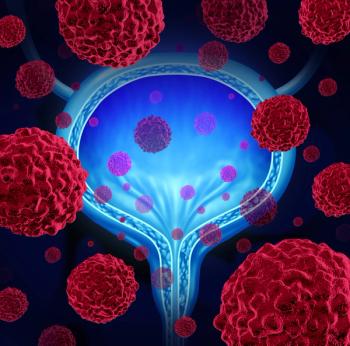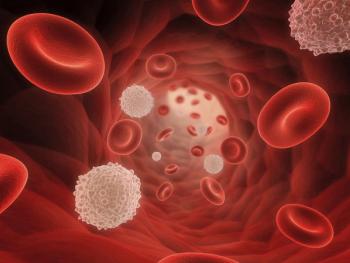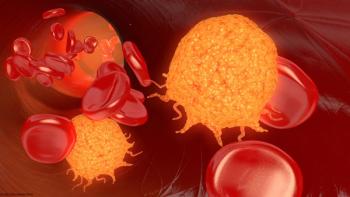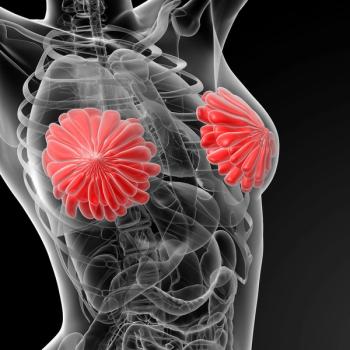
Ablation Plus Intra-tumoral Therapy May Enhance Immune Responses in Tumors
Performing ablation and injecting tumor sites with immunotherapy may be “synergistic”, according to Jason R. Williams, MD, DABR.
In an interview with CancerNetwork®, Jason R. Williams, MD, DABR, detailed his rationale for combining cryoablation with intra-tumoral immunotherapy as a potential treatment strategy for patients with solid tumors.
Williams, a board-certified radiologist and president and director of interventional oncology and immunotherapy at Williams Cancer Institute, described how this initiative originated when he first began performing ablative techniques for patients over 20 years ago. By ablating a tumor and consequently generating antigens that the immune system can use, it may be possible to enhance the immune response achieved with immunotherapy agents.
According to an excerpt from Williams Cancer Institute, the use of ablative techniques may differ from a standard vaccination approach. Whereas standard vaccines inject a weakened disease-causing agent into the body, ablation may “kill” the tumor from within and prompt the immune system to attack any additional cancer cells.
Transcript:
It goes back over 20 years when I was [performing] ablation in patients. I was seeing patients for whom we would ablate some of their tumors, and it seemed like the immune system was attacking the cancer and that they were doing better than what we would expect just by targeting a few tumors here and there. I don’t think anybody was thinking that would be helpful. We thought [more about] the immune response, and so we started looking at the idea that we could enhance this by injecting things into the tumor to make the response better.
When you look at the ablative technologies, and cryoablation being one, it means you’re sticking a needle in a tumor and killing a tumor. That’s giving you those dead pieces of tumor that the immune system can see; we’ll call those the antigens. Then, if you put them in an appropriate context with other immunotherapy agents, those agents will help boost that immune response. That’s why we thought if we could simultaneously do the ablation and then inject those medications into that site, that would be synergistic.
Reference
Pioneers in intratumoral vaccine immune response. Williams Cancer Institute. Accessed November 25, 2024. https://tinyurl.com/mur6mefh
Newsletter
Stay up to date on recent advances in the multidisciplinary approach to cancer.

















































































